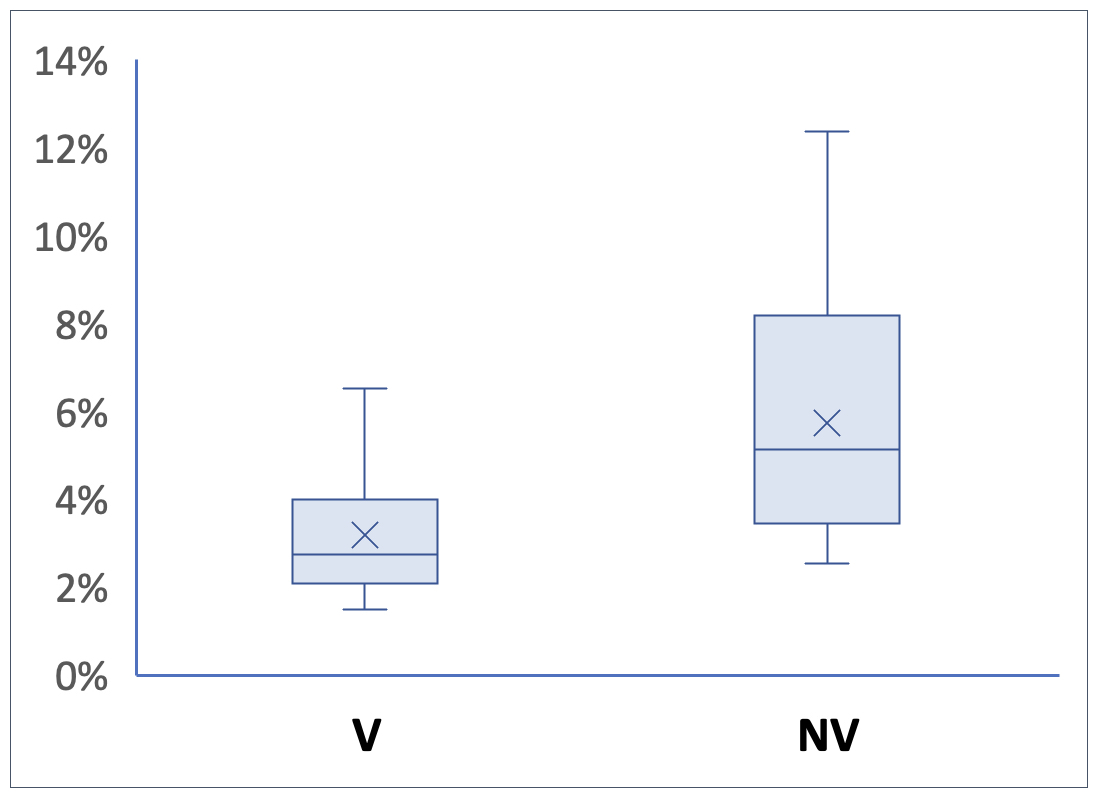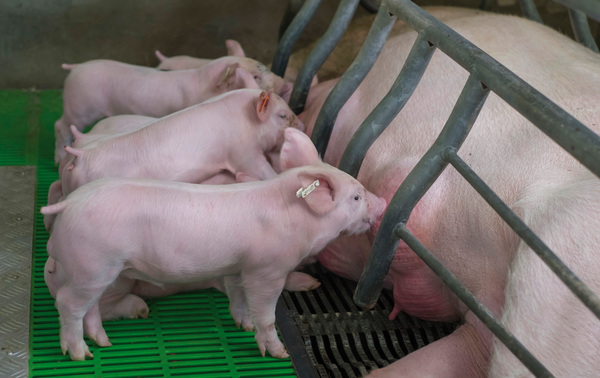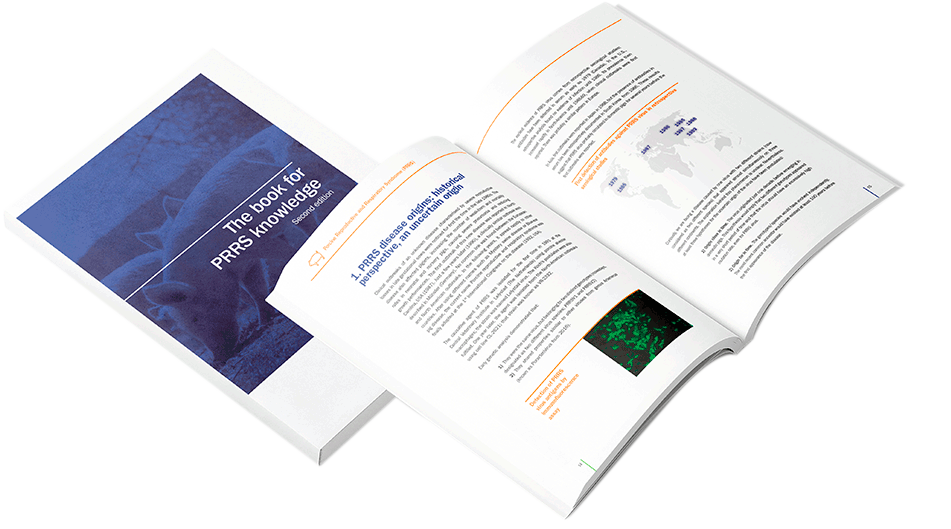Vaccination of piglets with PRRSV-MLV promotes long-term reduction of mortality in nursery
Adapted from the publication of Vasco Martins et al. in the IPVS 2024.
Introduction
In some regions, colder and wetter months are often perceived as associated with an increased severity of PRRS (Porcine Reproductive and Respiratory Syndrome) outbreaks in pig farms. As a result, certain farms adopt a seasonal vaccination approach, vaccinating piglets against PRRS only during these colder periods. While this strategy may appear cost-effective due to reduced vaccine and labour expenses, it risks undermining the goal of long-term stability within the farm.
In sows, non-compliance with herd vaccination has been shown to lead to short-term consequences, including increased genetic diversity of circulating virus and farm instability1. Recently, Martins et al2 evaluated the long-term impact of piglet seasonal vaccination on nursery mortality in a Portuguese farm.
Material and methods
The study was conducted on a 750-sow farm that produced pigs up to 20 kg live weight (site I + site II). Piglets were intradermally vaccinated with UNISTRAIN® PRRS one-week post-weaning exclusively during colder months, from September to February (figure 1). No PRRS vaccination was performed during warmer months (March to August), except for August 2022, when vaccination was resumed earlier (following a PRRS outbreak).
Monthly mortality rates in the nursery were monitored from August 2020 to February 2023, comparing vaccinated and non-vaccinated batches.
Results
Piglet vaccination was associated with significantly lower nursery mortality rates, with an overall mortality of 3.1% in vaccinated batches compared to 6.1% in non-vaccinated batches (p<0.001) (Figure 2).

Figure 2 – Average monthly mortality: 3.1% in vaccinated (V) versus 6.1% in nonvaccinated (NV), p<0.001.
During the 20 months of piglet vaccination, nursery mortality exceeded 3% in only 8 months. In contrast, mortality surpassed 3% in 9 out of 11 months when piglets were not vaccinated (Figure 3).
Overall, stopping vaccination corresponded with periods of increasing piglet mortality and resuming vaccination corresponded to a rapid decrease in mortality and nursery stability.

Figure 3 – Monthly average nursery mortality between August 2020 and February 2023. In green the months when the piglets were vaccinated against PRRSV. In the summer of 2022, a peak of mortality was associated with a new PRRSV outbreak.
Discussion and conclusion
These findings underscore the critical role of UNISTRAIN® PRRS ID piglet vaccination in reducing nursery mortality rates year-round. Continuous vaccination programs demonstrate a clear advantage in providing long-term stability compared to intermittent approaches. Furthermore, this study indicates that control strategies like piglet vaccination might exert a greater influence on the severity of PRRS infections than seasonal weather variations.
If you want to read more publications about PRRS: PRRS Control Publications
References





